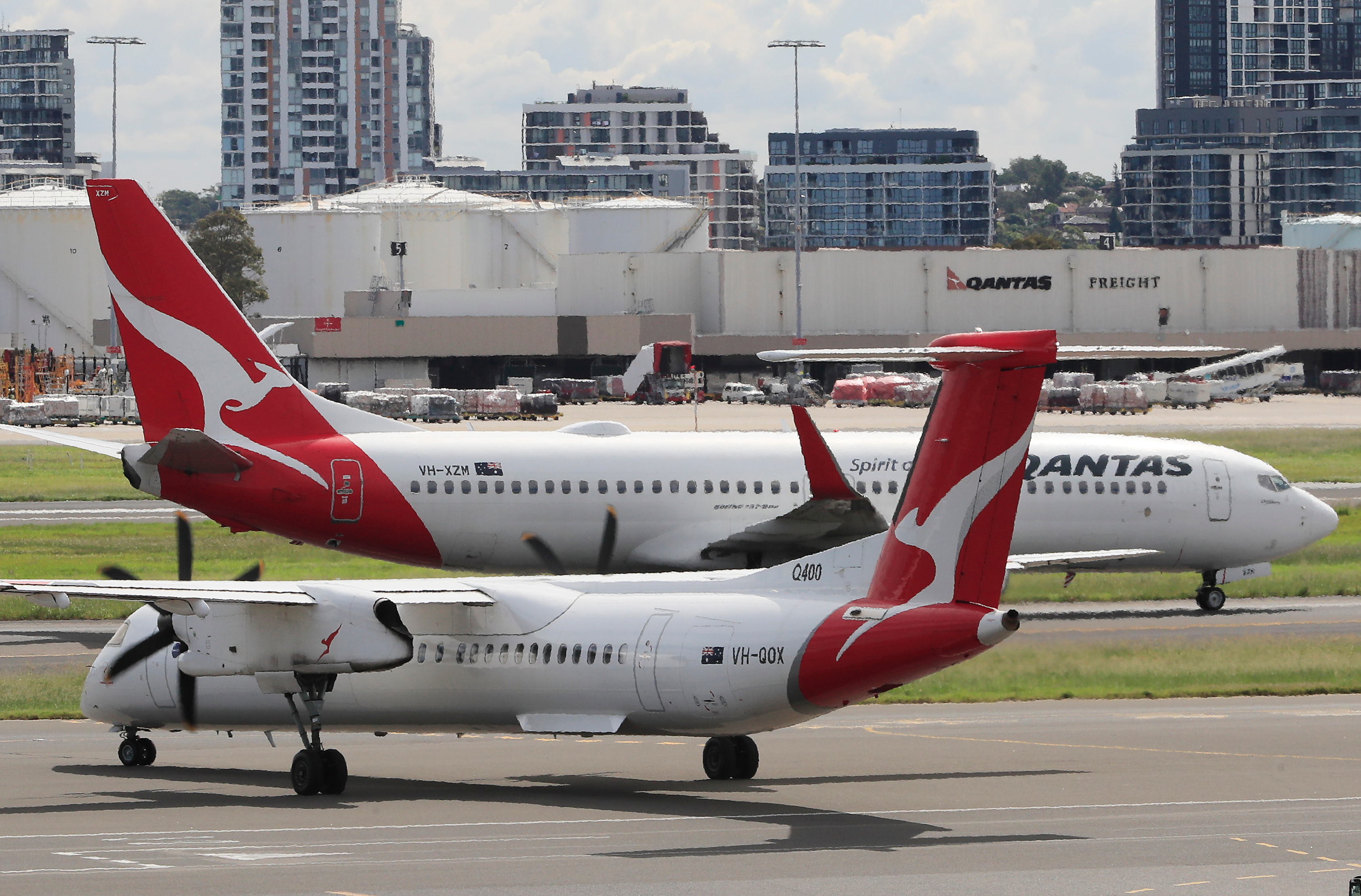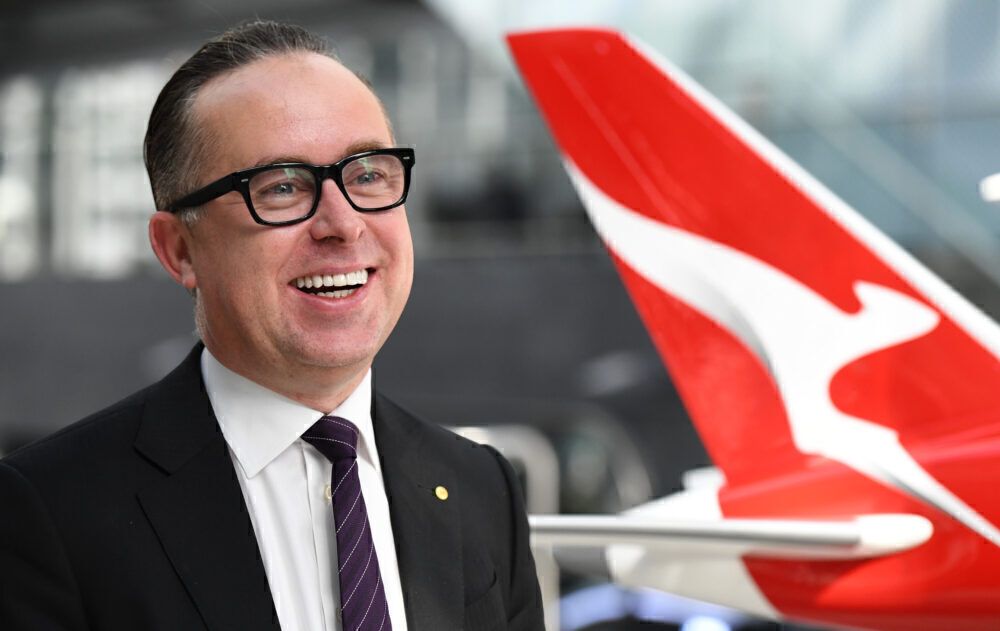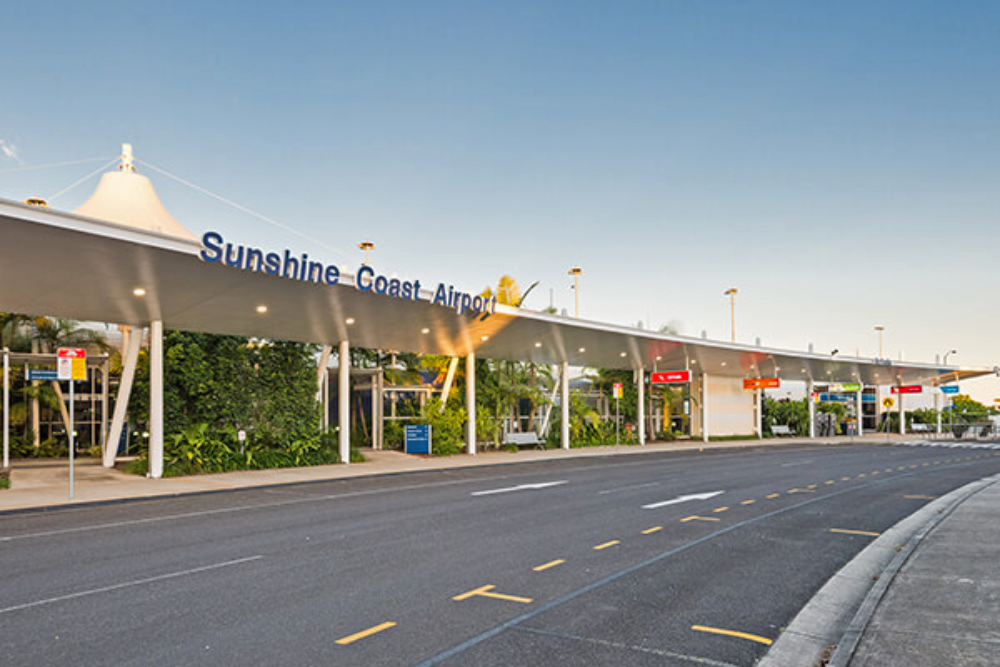Qantas is reaping the benefits of Australia's internal borders re-opening and people's increasing willingness to travel. The airline's key domestic leisure market is back to pre-pandemic levels. According to Qantas' CEO, as he walks through airport terminals, every new day now feels closer to normal.
Speaking at an online CAPA Live Event on Wednesday, CEO Alan Joyce said,
"We're pretty optimistic about where the domestic demand profile is. No one size fits all in domestic at the moment. What's actually gone back to pre-COVID levels is the fly-in, fly-out market. The freight market is bigger than it was before COVID, and then in the domestic market, the leisure market is back to where it was before COVID."
As for the all-important corporate travel market, Alan Joyce says that's lagging the leisure travel rebound. But not by far.
"It's really the recovery that we're waiting for in the corporate, the SME market. We're seeing that lag the leisure market by three or so months."
Stay informed: Sign up for our daily and weekly aviation news digests!
Qantas reaps the benefits of a push to get people back into the air
Qantas has benefited from Australian Government stimulus packages designed to encourage Australians to take a domestic holiday. But the airline has been no slouch in generating demand itself. Qantas has recently run several promotional campaigns involving discounted fares. Alan Joyce calls those campaigns "very successful."
"It's generated huge volumes of demand, to places like Cairns, and places like the Gold Coast."
Across the entire Australian domestic airline industry, approximately 2,000 flights a day are operating. Qantas Group airlines (Qantas, QantasLink, and Jetstar) now command a 70% market share.
Qantas has also been busy rolling out new routes within Australia. The airline has introduced 34 new routes in the last 12 months. That's a distinct change in strategy for the airline. Traditionally, Qantas has been more likely to axe a route than initiate a route. These new routes have also focused on leisure and regional markets - not Qantas' usual strong points. But Qantas discovered the merits of these routes last year while international travel remained off the books and corporate customers stayed home.
"We’d rather get as many aircraft back in the air as we can because it’s better for our business, our customers and gets more of our people back to work," QantasLink's Andrew Gissing said in December.
On the back of that, Qantas began pouring flights onto new and existing routes into domestic holiday hotspots such as Ballina, the Gold Coast, the Sunshine Coast, and Tasmania. It has proved an effective way to get people back into the air.
Qantas keen to convert planned international flight spend to a domestic flight spend
For Qantas, it's about capturing business from Australians who'd normally travel overseas. It's about converting a planned spend on an international flight to a spend on a domestic flight. At the end of the day, it's all revenue in Qantas' coffers.
"We know that 11 million Aussies traveled overseas every year," Alan Joyce said yesterday.
"If they translate even into one domestic trip every year, it's a massive of growth in the domestic market, and the potential for them to be bigger than that is quite huge. So we're quite excited, quite optimistic about the domestic traffic growth."
Domestic travel is the engine room of Qantas. In a normal year, it generates substantially more money and more profits than Qantas' international operations. A buoyant domestic division can comfortably cross-subsidize a sluggish international division at Qantas. A strong domestic travel sector provides Qantas with a handy level of reassurance. Alan Joyce will no doubt be hoping it continues this way.



